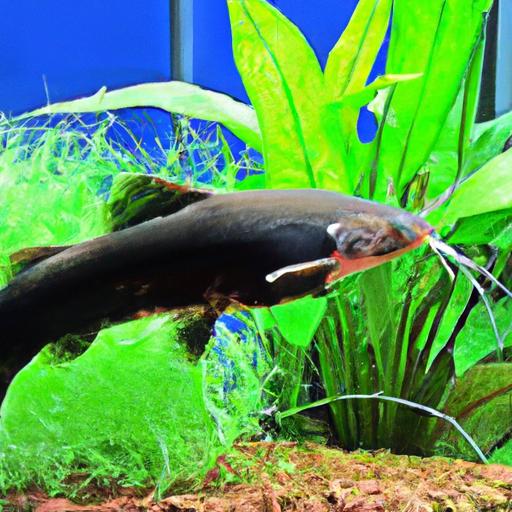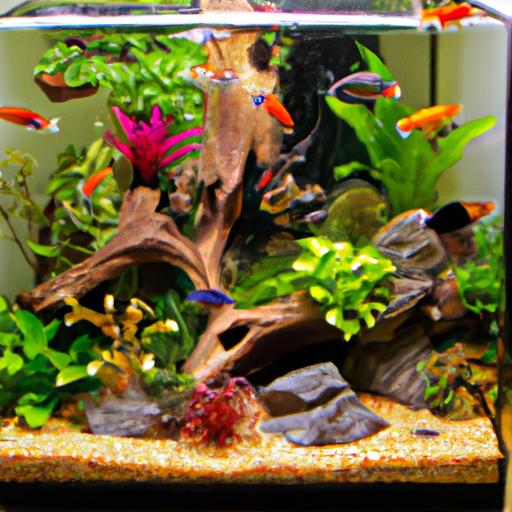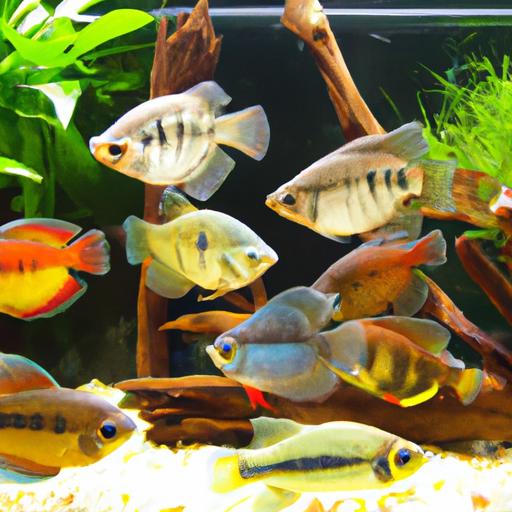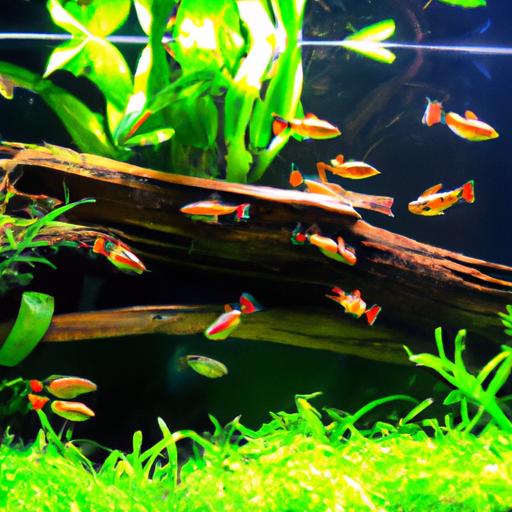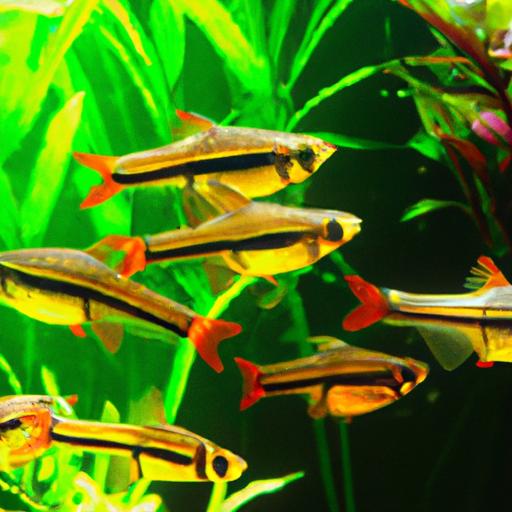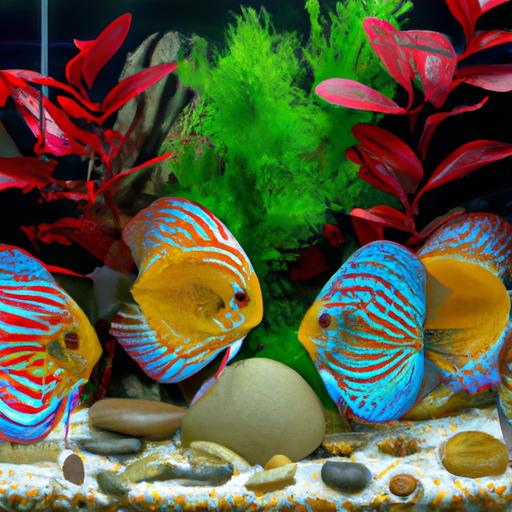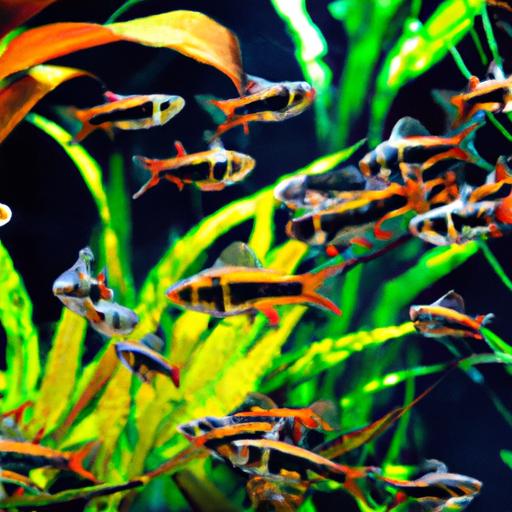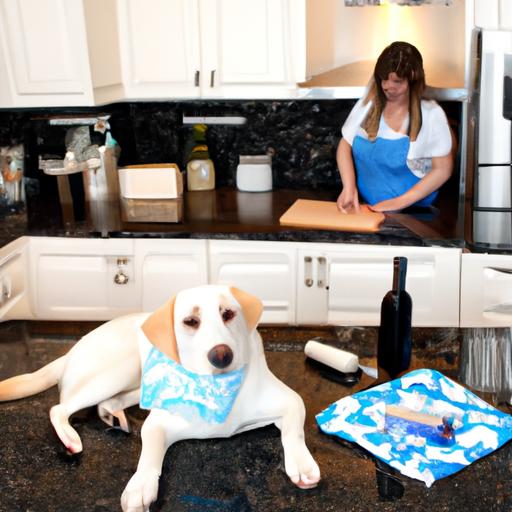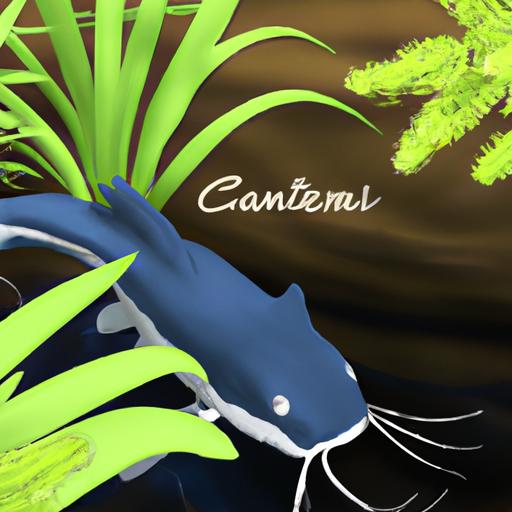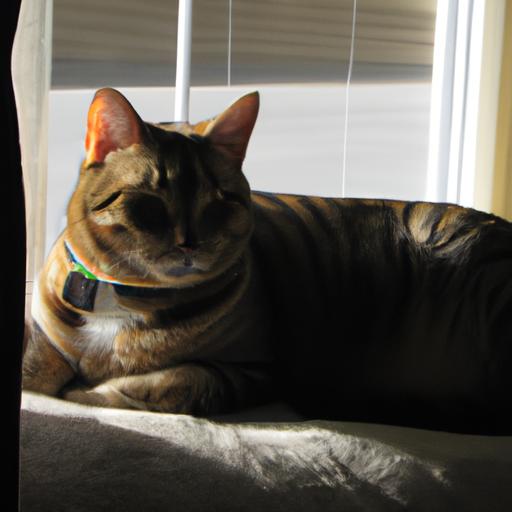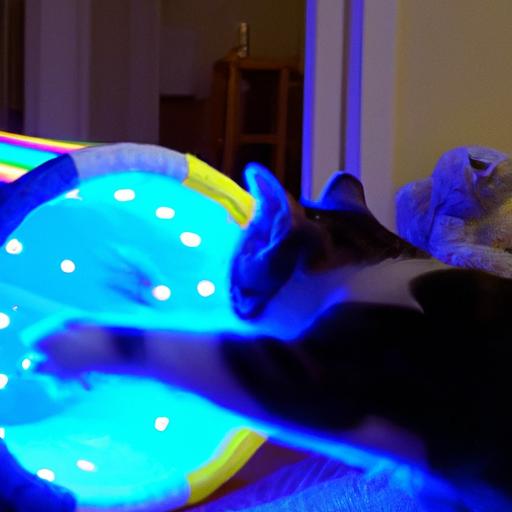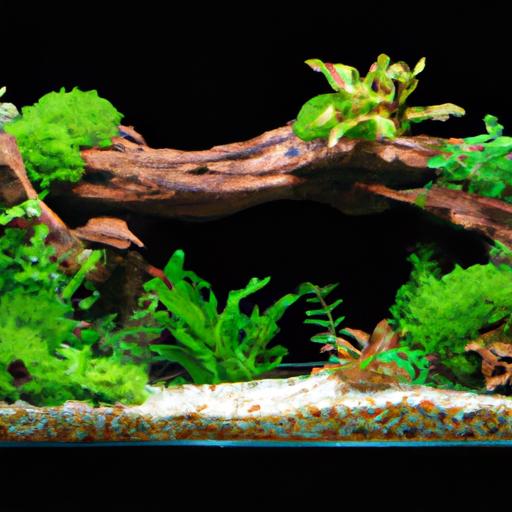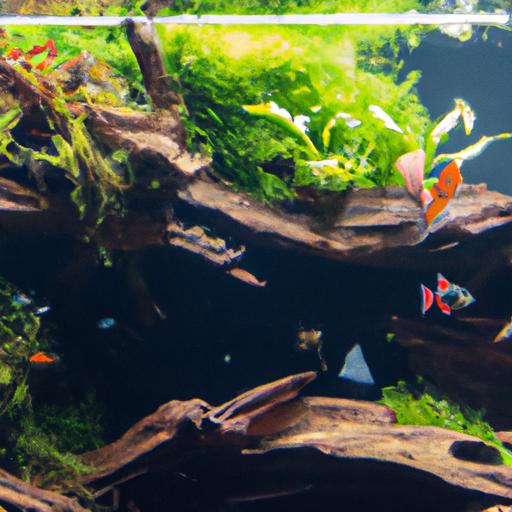
Best Practices for a Community Tank with Bristlenose Plecos
Discover the best practices for a community tank with Bristlenose Plecos. Learn how to create a harmonious habitat for your aquatic companions.
Introduction
Welcome to the world of community tanks and the fascinating Bristlenose Plecos! Creating a harmonious environment where different fish species can coexist requires careful planning and adherence to best practices. In this article, we will explore the key guidelines for maintaining a successful community tank with Bristlenose Plecos. By following these practices, you can ensure the health and happiness of your aquatic companions.
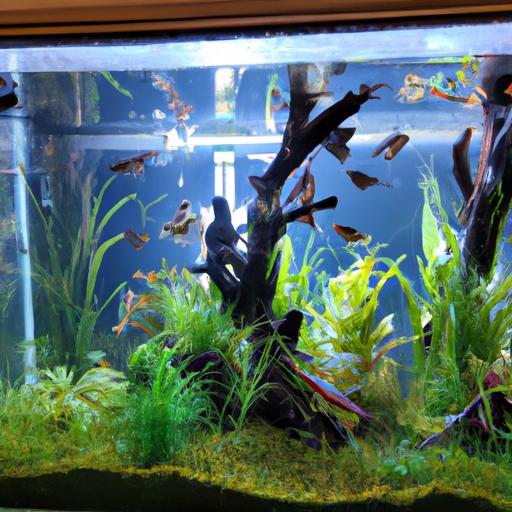
Best Practices for Setting Up a Community Tank with Bristlenose Plecos
To establish a thriving community tank with Bristlenose Plecos, it is essential to consider several factors. Let’s delve into the best practices that will help you create the perfect habitat for your aquatic friends.
1. Choosing the Right Tank Size and Equipment
The first step in setting up a community tank is selecting an appropriate tank size. Bristlenose Plecos require sufficient space to thrive, so aim for a tank with a minimum capacity of 20 gallons. Remember, the larger the tank, the better it is for the overall well-being of your fish.
Investing in quality equipment is crucial for maintaining optimal conditions in your tank. A reliable filtration system will keep the water clean and free from harmful substances. Additionally, consider installing a heater to maintain a stable temperature, as Bristlenose Plecos prefer slightly warmer waters.
2. Selecting Compatible Fish Species and Tank Mates
When choosing tank mates for your Bristlenose Plecos, it’s important to consider their compatibility. Opt for peaceful community fish that won’t harass or threaten your Plecos. Good choices include tetras, guppies, mollies, and peaceful cichlids like angelfish.
Avoid aggressive or territorial species that may harm your Plecos. Also, be cautious when combining fish of different sizes, as larger fish may view smaller ones as potential prey.
3. Creating Suitable Water Conditions and Temperature
Maintaining appropriate water conditions is vital for the well-being of your community tank inhabitants, including Bristlenose Plecos. These fish prefer slightly acidic to neutral pH levels, ideally ranging from 6.5 to 7.5. Regularly test the water parameters to ensure they remain within the suitable range.
Furthermore, Bristlenose Plecos thrive in temperatures between 75 to 82°F (24 to 28°C). Utilize a reliable aquarium thermometer to monitor the water temperature consistently. Fluctuations outside the recommended range can stress your fish and compromise their health.
4. Providing Appropriate Hiding Spots and Decorations
Bristlenose Plecos are known for their love of hiding and exploring. To cater to this natural behavior, create a tank setup that offers ample hiding spots and decorations. Incorporate caves, driftwood, and rocks to provide secure hiding places for your Plecos.
Not only do hiding spots provide comfort for your Plecos, but they also help reduce stress and territorial conflicts among tank mates. A well-decorated tank mimics the natural environment and promotes a sense of security for all the inhabitants.
FAQ (Frequently Asked Questions) About Community Tanks with Bristlenose Plecos
Let’s address some common queries regarding community tanks with Bristlenose Plecos:
Can Bristlenose Plecos live with other fish?
Yes, Bristlenose Plecos can coexist peacefully with many fish species. However, it is important to select compatible tank mates that are not aggressive or overly territorial. Always research the temperament and behavior of potential tank mates to ensure harmony within the community tank.
How often should water parameters be tested in a community tank?
Regular testing of water parameters is essential to maintain a healthy community tank. Aim to test the water at least once a week, focusing on parameters such as pH, ammonia, nitrite, and nitrate levels. Consistent monitoring allows for prompt adjustments and prevents potential issues that may harm your fish.
What should be the ideal pH level for a community tank with Bristlenose Plecos?
Bristlenose Plecos prefer slightly acidic to neutral pH levels ranging from 6.5 to 7.5. It is crucial to maintain a stable pH within this range to ensure the well-being of your Plecos. Regular water testing and appropriate adjustments will help maintain the ideal pH level for your community tank.
Are Bristlenose Plecos aggressive towards other fish?
No, Bristlenose Plecos are generally peaceful and non-aggressive fish. They are more likely to seek hiding spots and maintain a low-profile presence in the tank. However, it is essential to choose tank mates that share a similar temperament to avoid any conflicts or aggression.
Conclusion
By following these best practices, you can create a thriving community tank with Bristlenose Plecos. Remember to choose an adequate tank size, select compatible tank mates, maintain suitable water conditions, and provide appropriate hiding spots. Regular monitoring and adjustments will help ensure the health and happiness of your aquatic community.
So, embark on this exciting journey of creating a community tank with Bristlenose Plecos, and witness the wonders of a harmonious aquatic ecosystem right in your own home. Happy fishkeeping!
